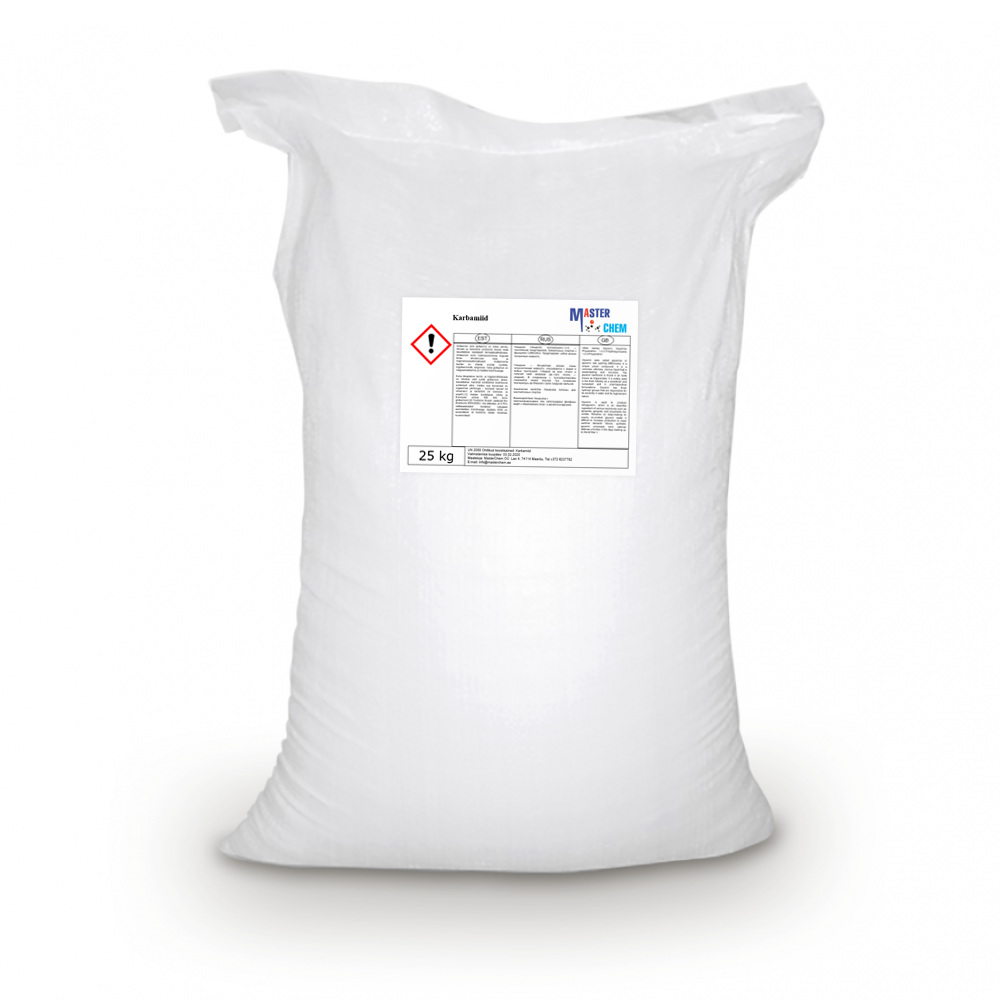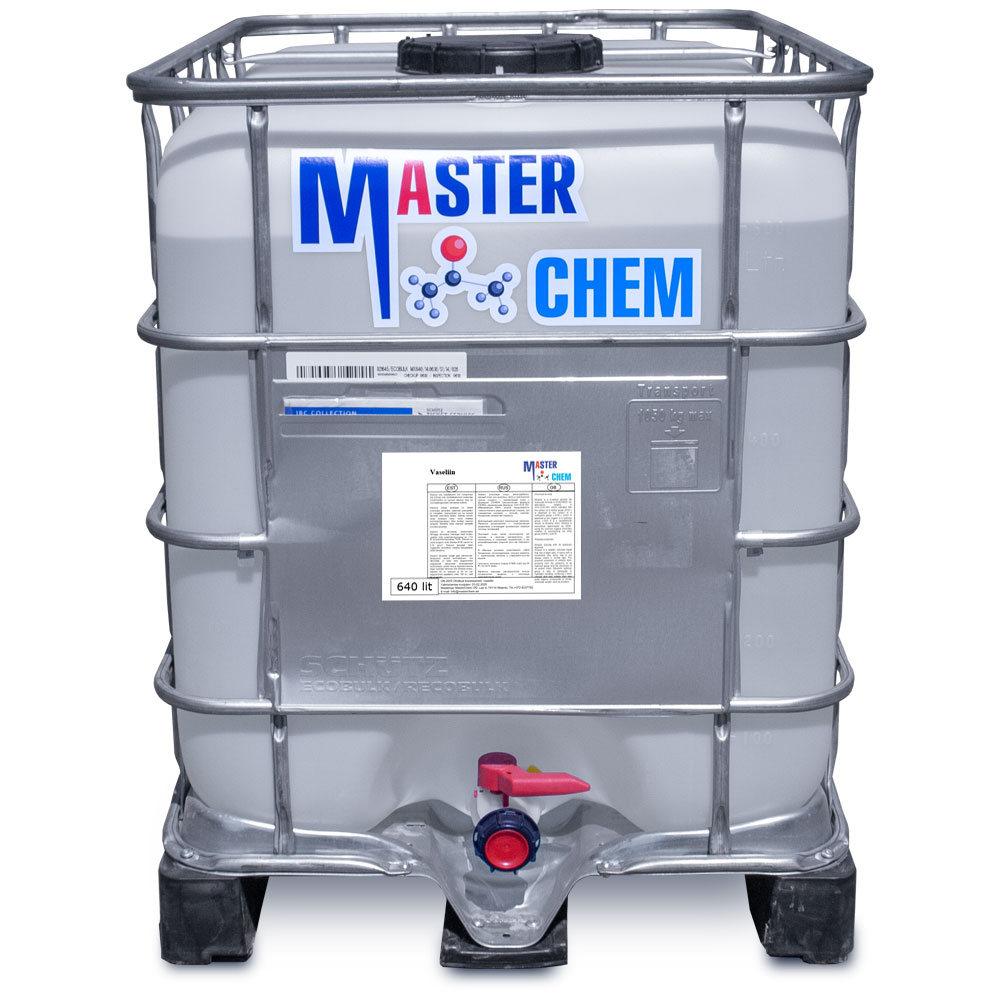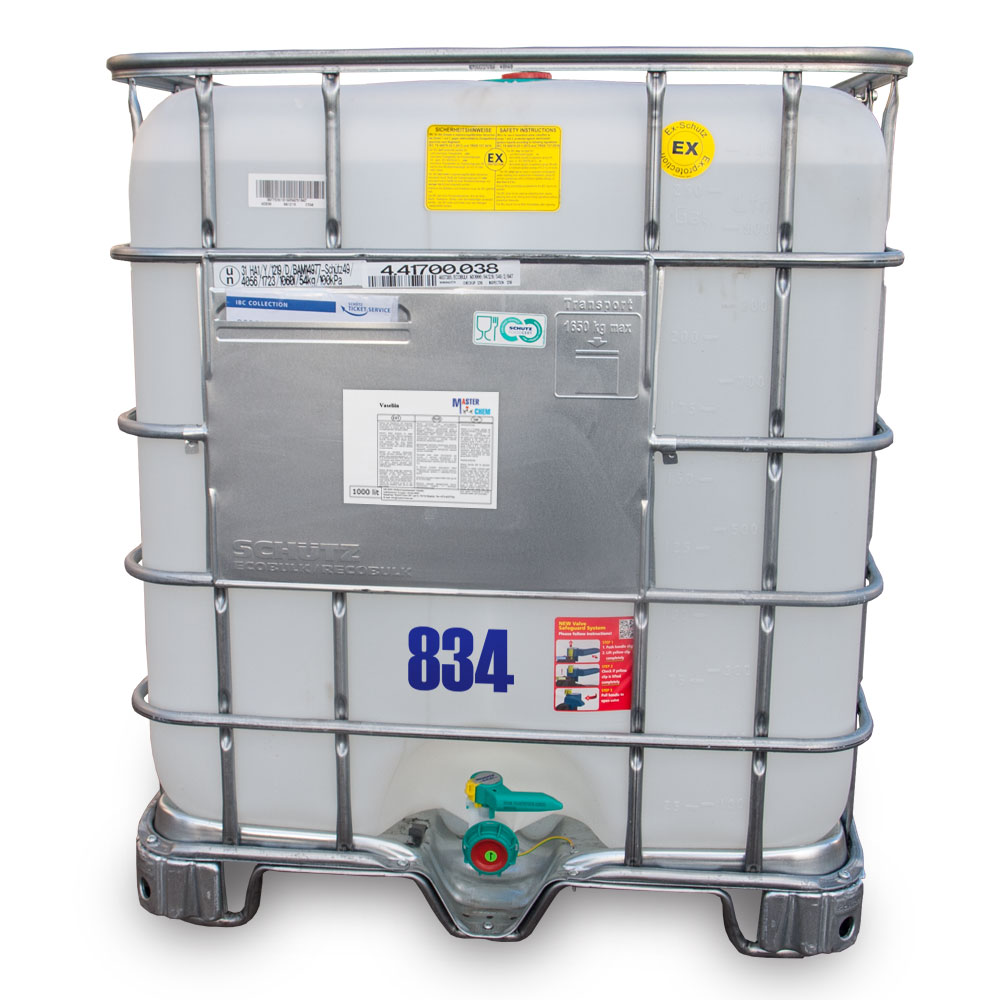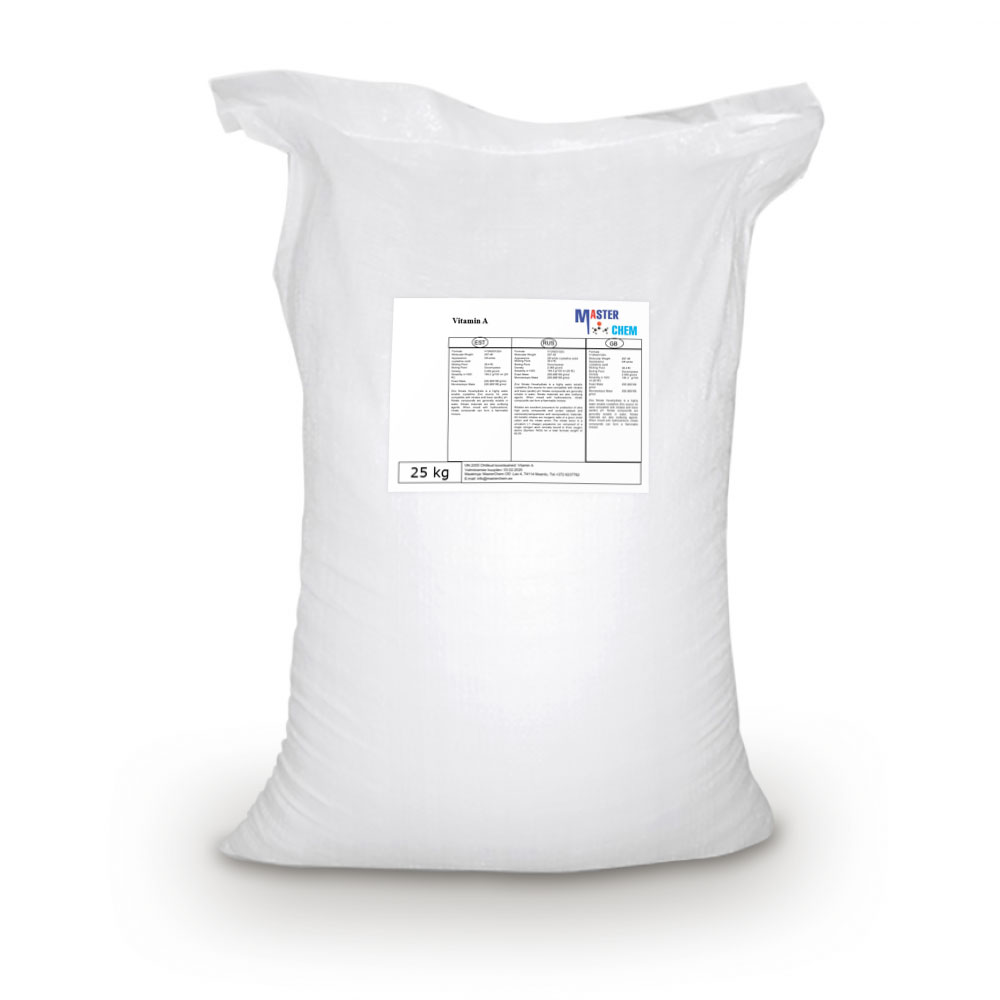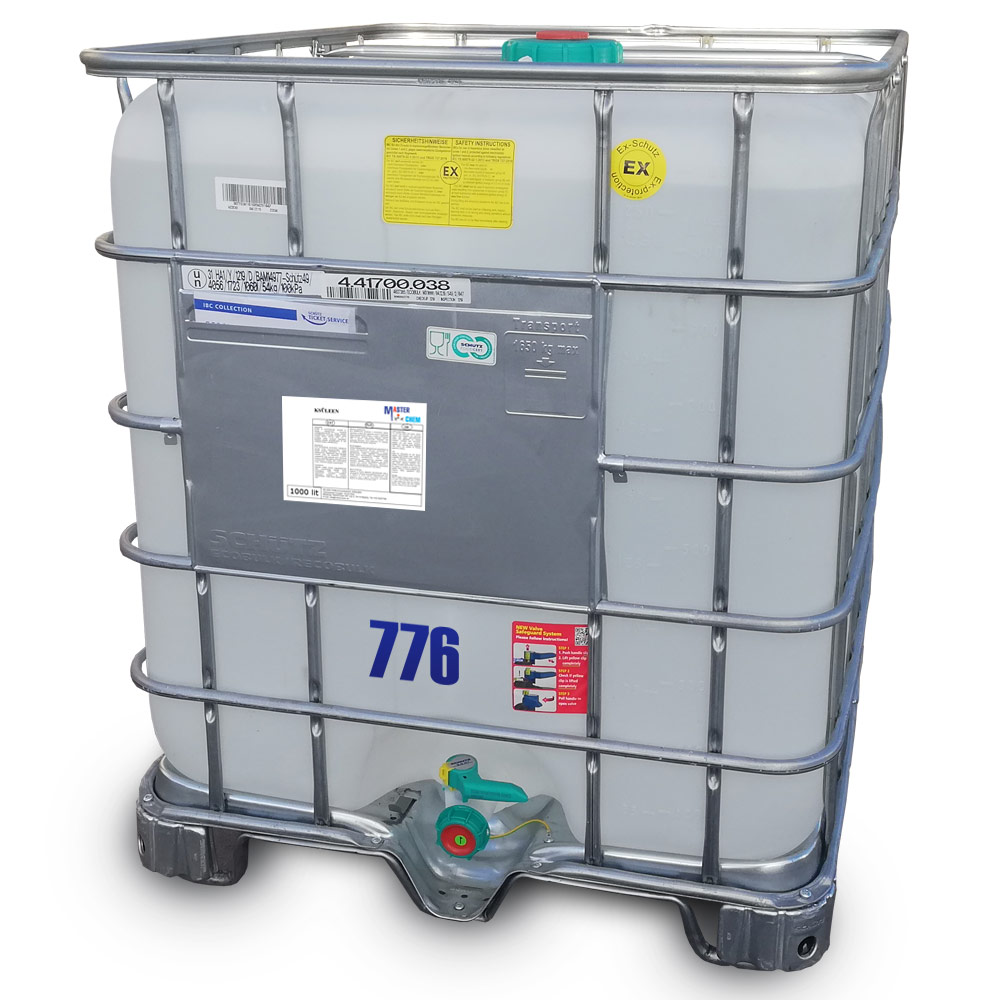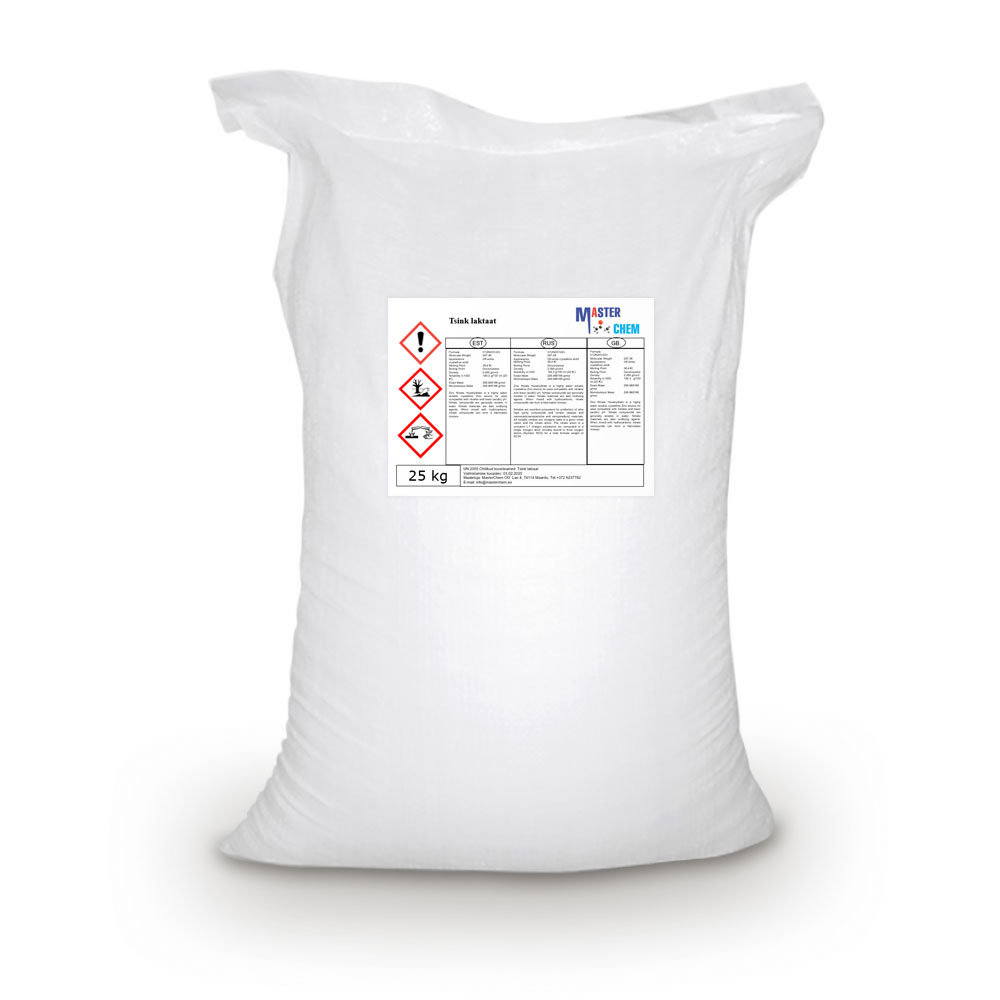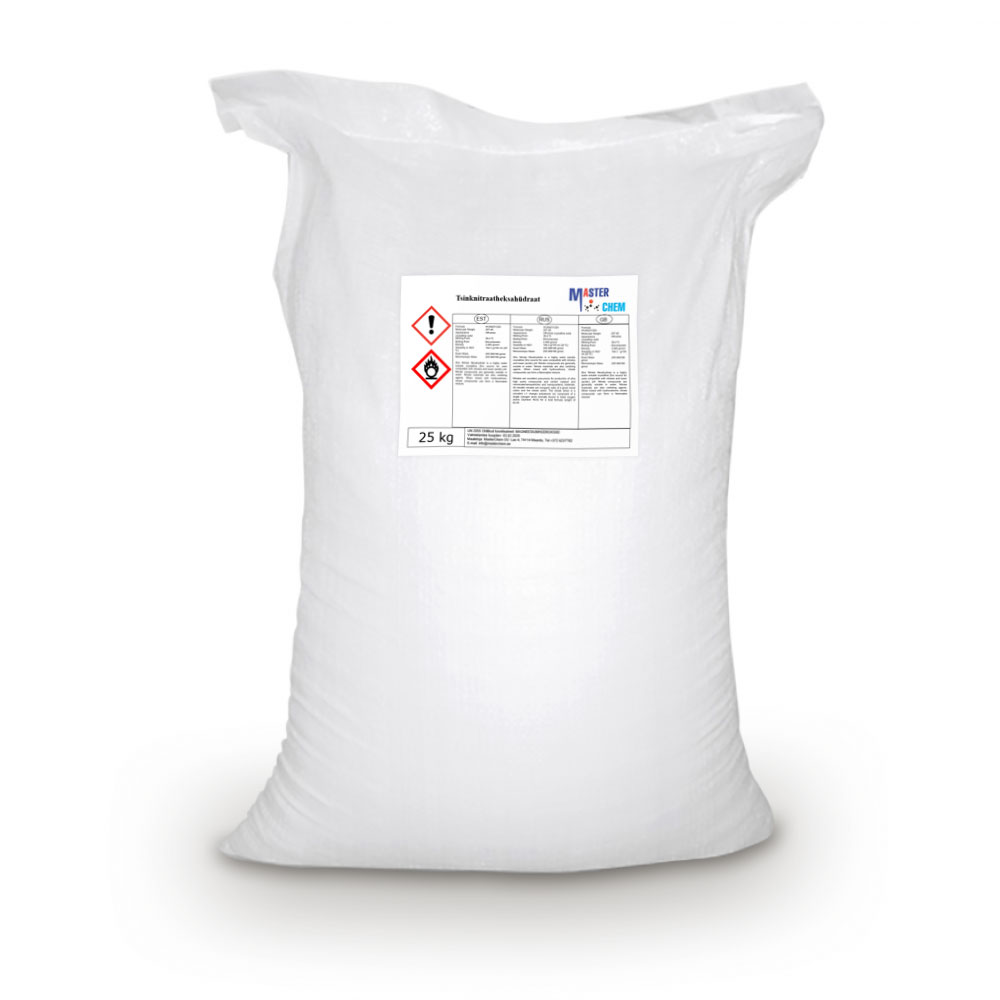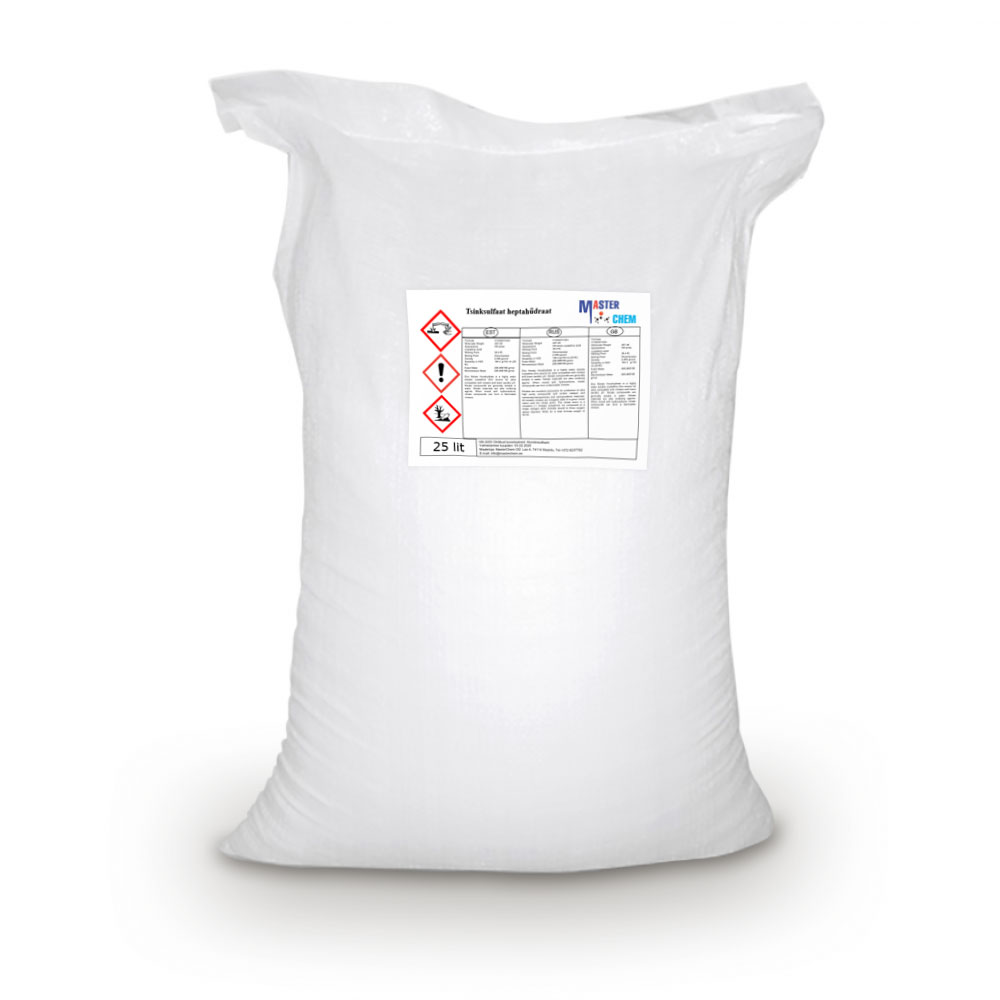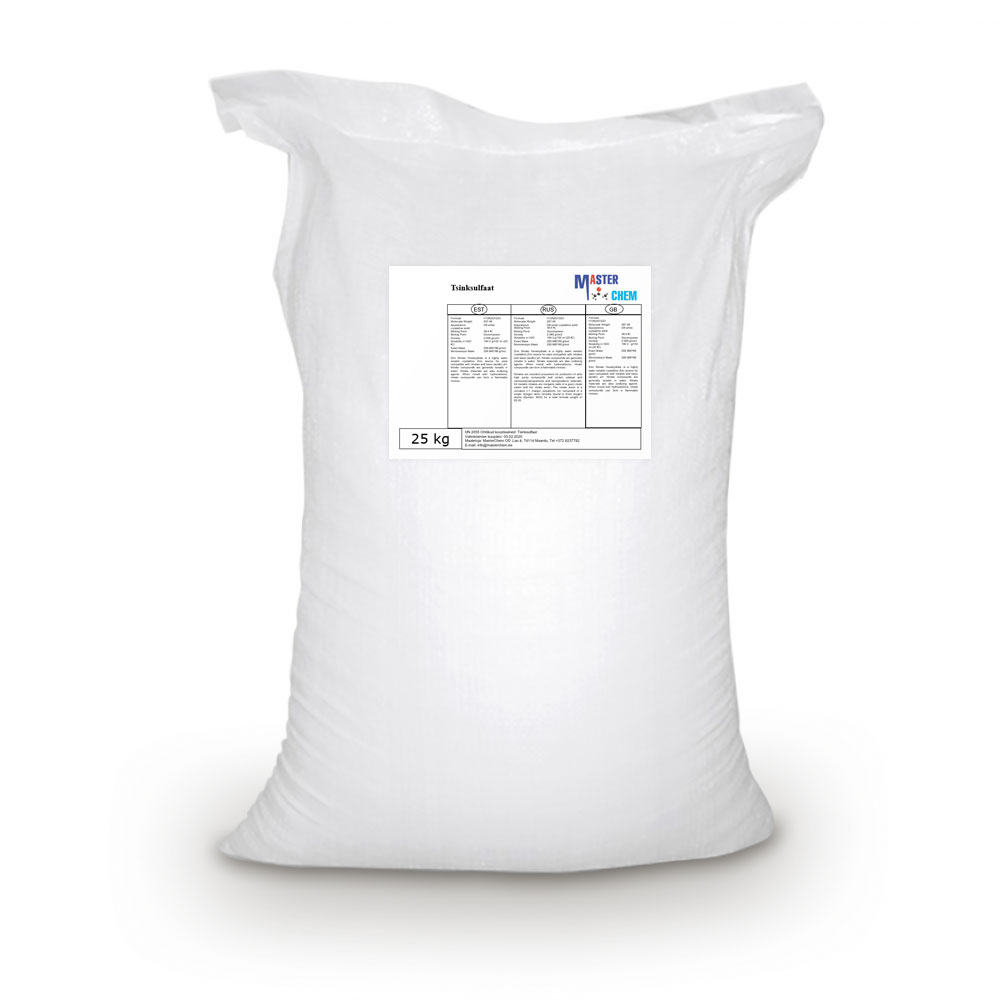Currently Empty: €0.00
Urea (CAS 57-13-6)
Urea (CAS 57-13-6)
Urea, also known as carbamide, is an organic compound with chemical formula CO(NH2)2. This amide has two –NH2 groups joined by a carbonyl (C=O) functional group.
Urea serves an important role in the metabolism of nitrogen-containing compounds by animals and is the main nitrogen-containing substance in the urine of mammals. It is a colorless, odorless solid, highly soluble in water, and practically non-toxic (LD50 is 15 g/kg for rats).[6] Dissolved in water, it is neither acidic nor alkaline. The body uses it in many processes, most notably nitrogen excretion. The liver forms it by combining two ammonia molecules (NH3) with a carbon dioxide (CO2) molecule in the urea cycle. Urea is widely used in fertilizers as a source of nitrogen (N) and is an important raw material for the chemical industry.
Friedrich Wöhler discovered that urea can be produced from inorganic starting materials, which was an important conceptual milestone in chemistry in 1828. It showed for the first time that a substance previously known only as a byproduct of life could be synthesized in the laboratory without biological starting materials, thereby contradicting the widely held doctrine of vitalism, which stated that only living things could produce the chemicals of life.
Urotropine (stabilized, unstablished) (CAS 100-97-0)
Urotropine (stabilized, unstablished) (CAS 100-97-0)
Hexamethylenetetramine, also known as methenamine, hexamine, or urotropin, is a heterocyclic organic compound with the formula (CH2)6N4. This white crystalline compound is highly soluble in water and polar organic solvents. It has a cage-like structure similar to adamantane. It is useful in the synthesis of other organic compounds, including plastics, pharmaceuticals, and rubber additives. It sublimes in vacuum at 280 °C.
Vaseline (white, yellow) (CAS 8009-03-8)
Vaseline (white, yellow) (CAS 8009-03-8)
Vaseline (Latin Vaselinum, Paraffinum unguinosum, Petrolatum) is an odorless and tasteless buttery white liquid. With incomplete cleaning, the color changes from black to yellow, with complete cleaning – to translucent. Consists of a mixture of mineral oil and hard paraffins. Melting point 27-60 ° C, viscosity 28-36 mm² / s at 50 ° C. Let’s dissolve in ether and chloroform, insoluble in water and alcohol, miscible with any oils except castor oil. Obtained from vacuum distillate oil fractions by thickening with petrolatum, paraffin and ceresin. Does not saponify with alkali solutions, does not oxidize, does not turn rancid in air.
Vitamin A (CAS 79-81-2)
Vitamin A (CAS 79-81-2)
Vitamin A palmitate is a common vitamin supplement, available in both oral and injectable forms for treatment of vitamin A deficiency, under the brand names Aquasol A, Palmitate A and many others. It is a constituent of intra ocular treatment for dry eyes at a concentration of 138 μg/g (VitA-Pos) by Ursapharm. It is a pre-formed version of vitamin A; therefore, the intake should not exceed the Recommended Dietary Allowance (RDA). Overdosing preformed Vitamin A forms such as retinyl palmitate leads to adverse physiological reactions (hypervitaminosis A).
Retinyl palmitate is used as an antioxidant and a source of vitamin A added to low fat milk and other dairy products to replace the vitamin content lost through the removal of milk fat. Palmitate is attached to the alcohol form of vitamin A, retinol, in order to make vitamin A stable in milk.
Retinyl palmitate is also a constituent of some topically applied skin care products. After its absorption into the skin, retinyl palmitate is converted to retinol, and ultimately to retinoic acid (the active form of vitamin A present in Retin-A), though neither its skin absorption nor its conversion is very effective.
Vitamin A (CAS 79-81-2)
Vitamin A (CAS 79-81-2)
Vitamin A is a fat-soluble vitamin and an essential nutrient for humans. It is a group of organic compounds that includes retinol, retinal, (also known as retinaldehyde), retinoic acid, and several provitamin A carotenoids (most notably beta-carotene (β-carotene). Vitamin A has multiple functions: it is essential for embryo development and growth, for maintenance of the immune system, and for vision, where it combines with the protein opsin to form rhodopsin – the light-absorbing molecule necessary for both low-light (scotopic vision) and color vision.
Xylene (CAS 1330-20-7)
Xylene – is an aromatic hydrocarbon widely used in industry and medical technology as a solvent. It is a colorless, sweet-smelling liquid or gas occurring naturally in petroleum, coal and wood tar, and is so named because it is found in crude wood spirit (Gr. xy`lon- wood). It has a chemical formula of C6 H4 (CH 3)2 and is referred to as “dimethyl benzene” because it consists of a six-carbon ring to which two methyl groups are bound. It exists in three isomeric forms: ortho-, meta- and para-xylene.
Xylene is used as a solvent in the printing, rubber, paint and leather industries. It is found in small amounts in airplane fuel, gasoline and cigarette smoke. In dentistry, xylene is used in histological laboratories for tissue processing, staining and cover slipping and also in endodontic retreatment as a guttapercha solvent. Its high solvency factor allows maximum displacement of alcohol and renders the tissue transparent, enhancing paraffin infiltration. In staining procedures, its excellent dewaxing and clearing capabilities contribute to brilliantly stained slides.
CAS: 1330-20-7
Zinc lactate (CAS 103404-76-8)
Information Industries: Pharmaceutical industry, Food industry , Feed industry CAS number: 103404-76-8 WE number: 240-178-9 Chemical formula: C6H10ZnO6 Molar mass: 243,49 g/mol Customs tariff code: 29181100 Other physical properties pH: 5,0 – 8,0 (10%) Melting / freezing point: >200ºC
Zinc nitrate hexahydrate (CAS 10196-18-6)
Zinc nitrate hexahydrate (CAS 10196-18-6)
Zinc Nitrate Hexahydrate is a highly water soluble crystalline Zinc source for uses compatible with nitrates and lower (acidic) pH. Nitrate compounds are generally soluble in water. Nitrate materials are also oxidizing agents. When mixed with hydrocarbons, nitrate compounds can form a flammable mixture. Nitrates are excellent precursors for production of ultra high purity compounds and certain catalyst and nanoscale(nanoparticles and nanopowders) materials. All metallic nitrates are inorganic salts of a given metal cation and the nitrate anion. The nitrate anion is a univalent (-1 charge) polyatomic ion composed of a single nitrogen atom ionically bound to three oxygen atoms (Symbol: NO3) for a total formula weight of 62.05.
Zinc Sulphate Heptahydrate (CAS 7446-20-0)
Zinc Sulphate Heptahydrate (CAS 7446-20-0)
Zinc sulfate is an inorganic compound. It is used as a dietary supplement to treat zinc deficiency and to prevent the condition in those at high risk. Side effects of excess supplementation may include abdominal pain, vomiting, headache, and tiredness.
The most common form includes water of crystallization as the heptahydrate, with the formula ZnSO4•7H2O. It was historically known as “white vitriol”. Zinc sulfate and its hydrates are colourless solids.
Zinc Sulphate Monohydreate (CAS 7446-19-7)
Zinc Sulphate Monohydreate (CAS 7446-19-7)
Zinc sulfate is an inorganic compound. It is used as a dietary supplement to treat zinc deficiency and to prevent the condition in those at high risk. Side effects of excess supplementation may include abdominal pain, vomiting, headache, and tiredness.
The most common form includes water of crystallization as the heptahydrate, with the formula ZnSO4•7H2O. It was historically known as “white vitriol”. Zinc sulfate and its hydrates are colourless solids.

